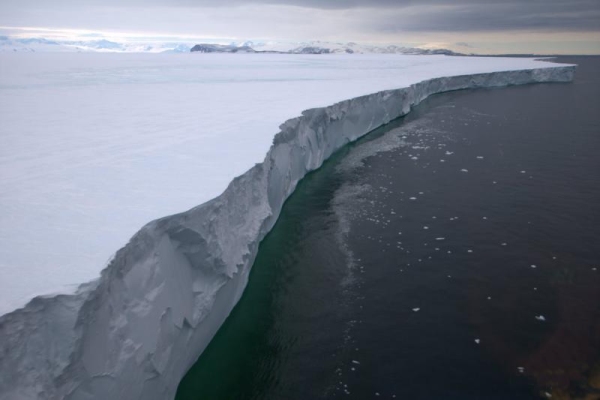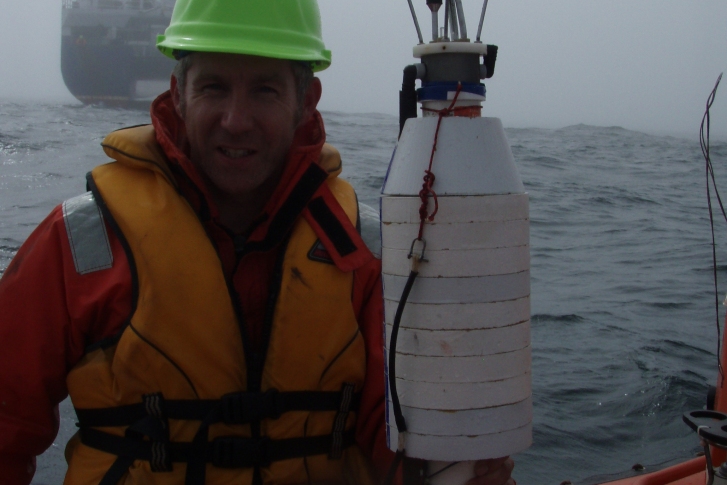NIWA is to lead a new six-year project aimed at improving understanding of how the Antarctic oceans work.
The project is being funded by the MBIE Antarctic Science Platform, run by Antarctica NZ, and led by NIWA marine physicist Craig Stevens who says the Antarctic environment is one of the most challenging on the planet and the hardest to measure.
“Despite this, it is vital we improve our understanding of how this domain works as Antarctica’s impact on the global Earth system will largely come through the oceanic transport of heat and other associated materials such as salt, carbon dioxide, oxygen, and nutrients,” says Stevens.
Called Antarctic ocean mechanics: Past, present and future, the project includes researchers from NIWA, the University of Otago, GNS Science, Victoria University and the University of Auckland. It also supports several younger scientists to help train the next generation of climate science leaders.
Stevens says the programme will seek to understand how Antarctica will respond to a warming climate.
“Humankind is changing the atmosphere rapidly and our knowledge of previous climatic and oceanic response provides only a partial understanding of the implications of such fast change."
“Consequently, big questions remain unanswered as to how Antarctic oceans work with a changing atmosphere, as well as changes in land ice and sea ice cover.”
He says it’s not known whether changing wind will increase the presence of warm water in the Ross Sea, or what will happen to ocean circulation if all the sea ice disappears. Other questions include what will happen to ocean circulation if all the ice shelves disintegrate and, if lots of the ice melts, could a cap of fresher water change how the Antarctic oceans work?
“This project will provide decision-makers and other scientists with a much better understanding of how changes around Antarctica get transferred by the ocean further north, and the feedback loops that return to the south,” says Stevens.
“Climate models take a broad-brush approach because they must describe the whole planet for centuries to come. However, many of the important processes and changes happen at small time and space scales. To improve our predictions of the future we need to understand more about these processes and then work out ways to connect the small scales to the large.”


